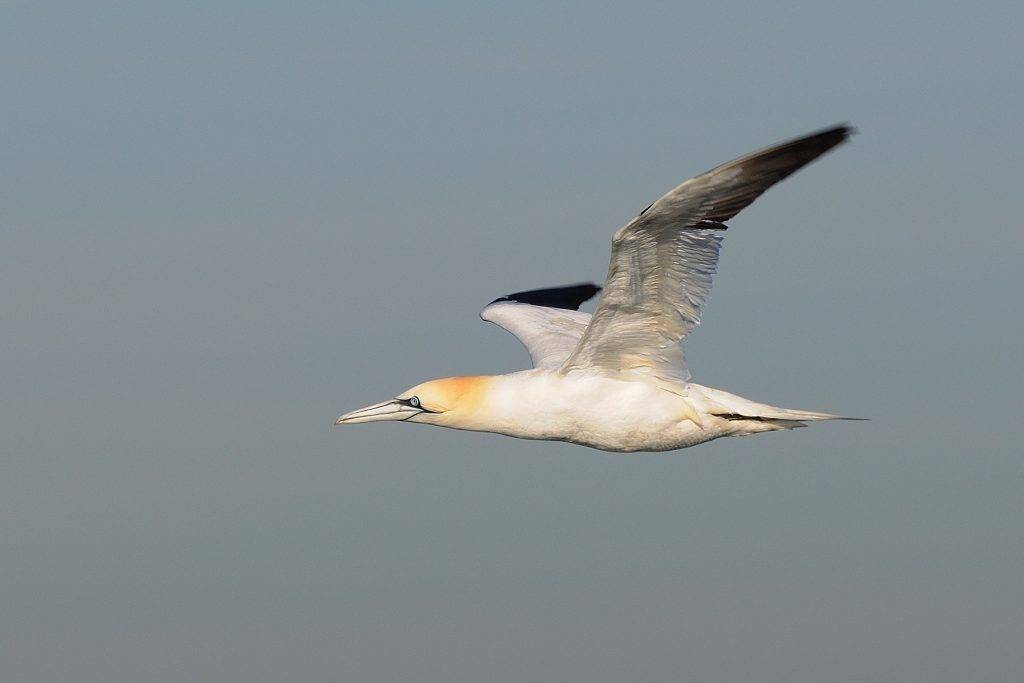Bird & Bat Ecology
The southern North Sea is of international importance for wintering seabirds, as foraging grounds for breeding seabirds and as a migration corridor. Terrestrial birds and even some bat species cross the North Sea during their migration. Man-made structures like wind farms in the North Sea could therefore pose a collision risk for local and migrating birds and migrating bats. MARECO is building generic knowledge about the avoidance of and attraction to offshore wind farms and, about the timing of and meteorology associated with bird and bat migration at sea. This contributes to the mitigation of the impact of human activities on these taxa. Collision risk modelling is applied to estimate the number of collisions based on data collected at sea.
BIRD MIGRATION
Twice a year, during autumn and spring, hundreds of millions of birds fly over Europe during their migration towards and from their wintering grounds. It is known to be impacted by climate change and migrating birds suffer from ever increasing human pressures (e.g. increased mortality due to collision with man-made structures). MARECO studies bird migration at sea with a dedicated bird radar system installed on an offshore platform. Radar observations greatly contribute to the understanding of bird migration because of their ability to continuously register birds at a large spatial scale and at high altitudes. An improved understanding of migration patterns helps mitigating the impact of human activities at sea.

BAT MIGRATION
Like birds, some bats are migratory and are known to migrate long distances between their breeding and hibernation areas. For certain species like Nathusius’ pipistrelle (Pipistrellus nathusii), migration distances of over 2000 km have been reported. In general, they migrate between southern Europe and North Eastern Europe with high densities detected along the North Sea coasts. Some even cross the North Sea between the UK and mainland Europe. MARECO is studying their presence and behaviour at sea, including the timing and weather conditions when migration takes place. This research is done mainly with passive ultrasound recorders installed on platforms at sea, wind turbines and our research vessel Belgica.
